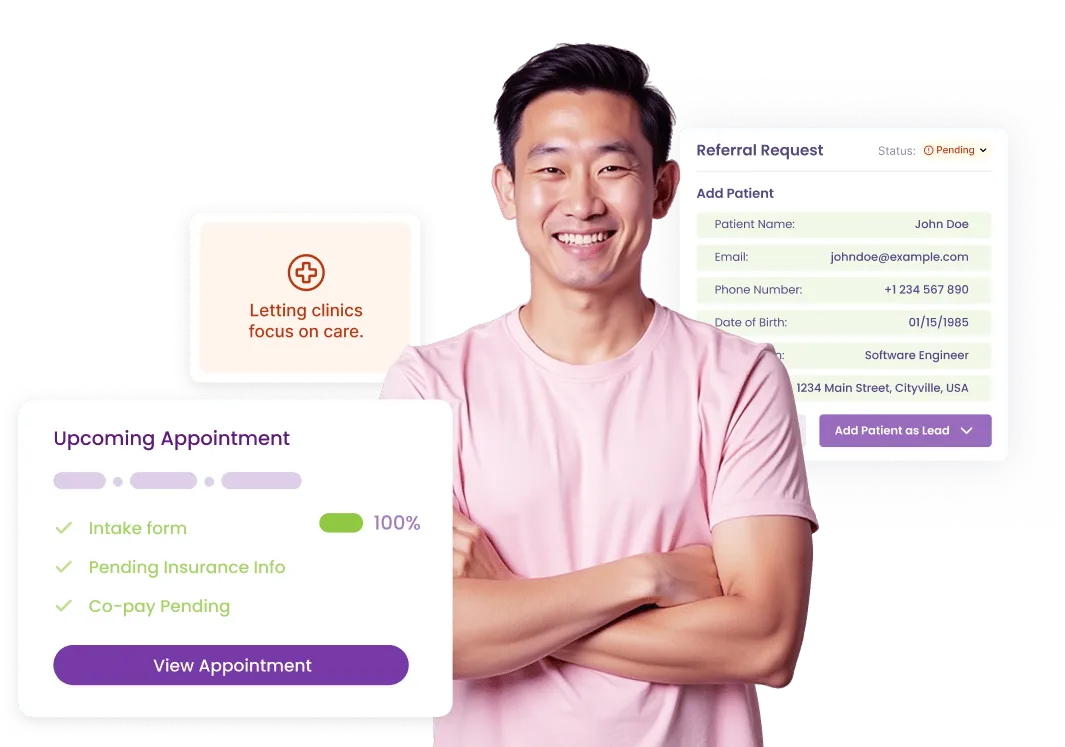96130 – Behavioral Health Assessment / Diagnostic Service
CPT code 96130 represents a distinct mental or behavioral health service, including evaluation, therapy, or care coordination.
What is CPT
96130
?
96130 pertains to the assessment services primarily focused on diagnostic testing and evaluation of mental health conditions. This entry provides a comprehensive overview of the clinical purpose of the code, expectations for documentation, and important considerations from payers. It is essential for providers to ensure that their clinical notes align with evidence-based interventions, clearly articulating treatment goals, the specific interventions employed, and the measurable progress observed in the patient. In instances where this code is billed on a time basis, it is critical to meticulously document the start and stop times to substantiate the duration of the billed service.

Documentation Tips
When billing for time-based services associated with this code, it is imperative to document the precise start and stop times of the session. Additionally, clinicians should detail the therapeutic modality or specific assessment instrument used, the clinical focus of the session, the patient's responses during the assessment, and a well-defined plan for follow-up. For assessments involving scored instruments, clinicians should retain copies of the completed tools for verification. In the context of telehealth services, ensure that informed consent is documented along with details regarding the platform used for the session. To facilitate compliance and audit readiness, maintain consistency in documentation by utilizing standardized formats such as SOAP (Subjective, Objective, Assessment, Plan) or DAP (Data, Assessment, Plan).

At a Glance
- Service Type: Comprehensive Assessment
- Use Case: Diagnostic Testing and Evaluation
- Typical Setting: Outpatient clinic or telehealth (subject to payer policies)
- Billing Unit: Per session or per instrument, depending on the circumstances
- Common Pairings: 90791, 96127, psychotherapy codes
Billing Examples
An example of this code in practice could involve a clinician administering the PHQ-9 assessment, which screens for depressive symptoms. After the assessment, the clinician scores the instrument and files the results accordingly. Another scenario might involve the administration of standardized neuropsychological tests, where the clinician follows established protocols for administration, scoring, and interpretation. These workflows justify the use of assessment codes, ensuring that the clinical documentation adequately reflects the services provided and supports the billing process.
Compliance Guidelines
- Before billing, confirm payer coverage and any authorization requirements to avoid claim denials or delays.
- Document medical necessity clearly, ensuring that all services are directly linked to appropriate ICD-10 diagnoses.
- Utilize correct modifiers when applicable, such as modifier 95 for telehealth services, to ensure compliance with payer policies.
- Avoid upcoding; select billing codes that accurately reflect the documented time and level of service provided.
- Conduct regular audits of documentation and billing practices to identify areas for improvement, reducing the likelihood of denials.
Common ICD-10 Codes
Helpful links for mental health billing and documentation
- F32.9 - Major depressive disorder, single episode, unspecified
- F41.1 - Generalized anxiety disorder
- R45.0 - Nervousness
- Z13.89 - Encounter for screening for other disorder
- F90.0 - Attention-deficit hyperactivity disorder, unspecified type
Additional Resources
Helpful links for mental health billing and documentation
Related CPT Codes
Helpful links for mental health billing and documentation
Got questions? We’ve got answers.
Need more help? Reach out to us.
Q1: What is the primary purpose of code 96130?
A: Code 96130 is utilized for billing services that involve diagnostic activities consistent with the code's definition. It is crucial that all documentation accurately supports the billed service to ensure compliance with payer expectations.
Q2: Is it permissible to bill this code for telehealth services?
A: Yes, many payers allow for telehealth billing when the service is provided synchronously, provided that the appropriate modifiers and documentation of consent are included. Always verify specific payer policies regarding telehealth.
Q3: What kind of documentation do payers typically request for this code?
A: Payers often require documentation that includes the time spent on the service, the therapeutic techniques or instruments utilized, the patient's response, and a clear connection to a covered ICD-10 diagnosis.
Q4: Can code 96130 be billed alongside other services?
A: Yes, when billing for multiple services, it is essential to document distinct times and the rationale for each service rendered. Utilize add-on codes or adhere to E/M separation rules as necessary to ensure compliance.
Q5: What are some common reasons for claim denials related to this code?
A: Common denial reasons include missing documentation of time, insufficient evidence of medical necessity, incorrect modifier usage, or billing services that exceed frequency limits imposed by the payer.

